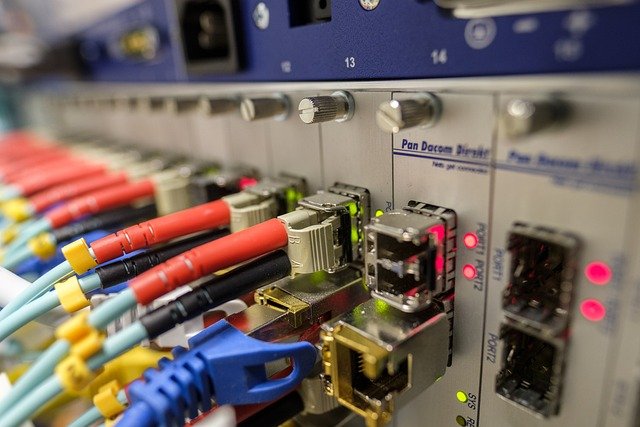Telecom Resilience: Fortifying Networks Against Climate Challenges
The telecommunications industry faces an unprecedented challenge as climate change intensifies. From scorching heatwaves to devastating floods, extreme weather events are testing the limits of our communication infrastructure. How can telecom providers ensure reliable connectivity in the face of these environmental threats? This article explores innovative strategies and cutting-edge technologies aimed at building climate-resilient networks for the future.

The economic impact is equally staggering. A single major outage can cost telecom providers millions in repairs and lost revenue. Moreover, as businesses and individuals increasingly rely on constant connectivity, the societal cost of network failures continues to grow. It’s clear that the industry must adapt to this new reality or risk facing dire consequences.
Rethinking Network Design for Extreme Conditions
To combat these challenges, telecom companies are reimagining network architecture from the ground up. One promising approach involves the concept of “distributed resilience.” Instead of relying on centralized hubs, networks are being designed with multiple redundant pathways and decentralized processing capabilities. This ensures that if one part of the network fails, communication can be rerouted through alternative channels.
Another key strategy is the hardening of physical infrastructure. New cell towers are being constructed to withstand higher wind speeds, while equipment housings are being redesigned to better regulate internal temperatures. Some providers are even experimenting with floating cell sites that can maintain service during flooding events.
Harnessing AI for Predictive Maintenance
Artificial intelligence is emerging as a powerful tool in the fight against climate-induced network failures. Advanced machine learning algorithms can analyze vast amounts of data from weather patterns, equipment sensors, and historical performance metrics to predict potential vulnerabilities before they lead to outages.
This predictive maintenance approach allows telecom operators to proactively reinforce or replace at-risk components, schedule maintenance during optimal weather windows, and allocate resources more efficiently. Some companies are even developing AI-powered “self-healing” networks that can automatically reroute traffic and adjust power levels in response to changing environmental conditions.
The Role of Renewable Energy in Network Resilience
As extreme weather events become more frequent, the reliability of traditional power grids is increasingly called into question. To address this vulnerability, many telecom providers are turning to renewable energy sources to power their networks. Solar panels and wind turbines, often combined with advanced battery storage systems, can keep cell sites operational even when the main power grid fails.
This shift towards clean energy not only enhances network resilience but also aligns with broader industry goals to reduce carbon emissions. Some companies are taking this a step further by designing “net-positive” cell towers that generate more energy than they consume, feeding excess power back into local communities during emergencies.
Collaborative Approaches to Climate Adaptation
Recognizing that no single entity can tackle climate resilience alone, the telecom industry is fostering unprecedented collaboration. Public-private partnerships are emerging to share data, resources, and best practices for climate adaptation. For instance, some governments are working with telecom providers to integrate network resilience into broader disaster preparedness plans.
Industry consortiums are also forming to develop new standards for climate-resistant equipment and to coordinate response efforts during major weather events. This collaborative approach not only spreads the cost of innovation but also ensures more comprehensive and effective solutions to shared challenges.
The Path Forward: Balancing Innovation and Accessibility
As the telecom industry invests heavily in climate resilience, a key challenge will be maintaining affordable services for consumers. Advanced technologies and hardened infrastructure come at a cost, which could potentially widen the digital divide if not managed carefully.
To address this, some providers are exploring tiered service models that offer basic climate-resilient connectivity at affordable rates, with premium options for those requiring higher levels of guaranteed uptime. Governments may also need to consider new forms of infrastructure subsidies or tax incentives to encourage investment in resilient networks without burdening end-users.
The telecommunications landscape is undergoing a profound transformation in response to climate change. By embracing innovative technologies, reimagining network design, and fostering collaboration, the industry is working to ensure that our vital communication links remain strong in the face of environmental challenges. As we move forward, the ability to adapt and innovate will be crucial not just for the telecom sector, but for the countless individuals and businesses that depend on reliable connectivity in an increasingly unpredictable world.




